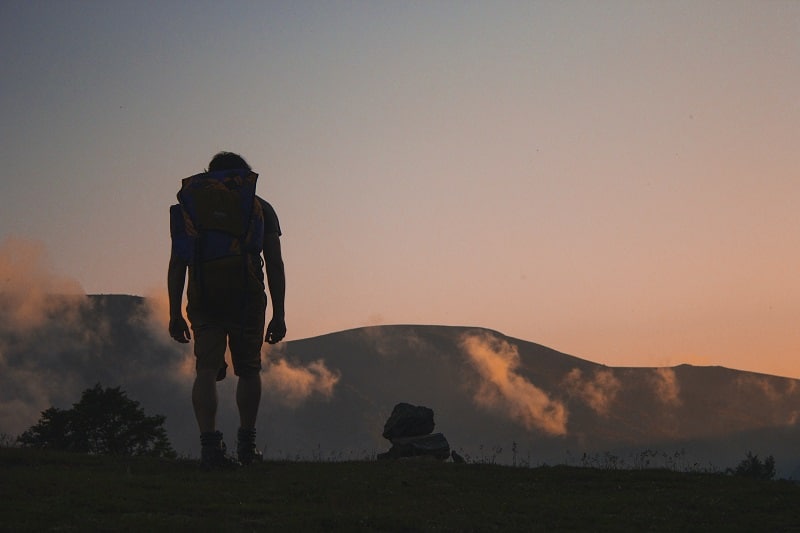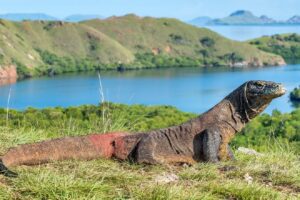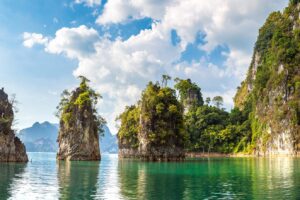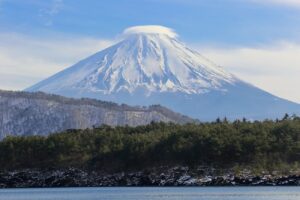Nothing beats waking up to the sound of birds, crickets, running water, or other sounds of nature in a remote location where you can breathe fresh, unpolluted air. Since 2021, travel has pretty much returned to normal, making it possible for the typical backpacker to get back on the road.
However, with the effects of the 2020 lockdown and COVID-19 still lurking, people are more socially cautious than ever. That is where the overnight backpacking trend comes in. Are you convinced you can make the extra time and gear up to camp overnight? This blog discusses everything you need to know about overnight backpacking.
What is overnight backpacking?
Overnight backpacking, also known as overnight hiking, means carrying everything you need to hike and camp with you in a sturdy backpack. Short overnight hikes in areas near home are best for both beginners, and experienced hikers, especially since the pandemic proved to us that anything could happen.
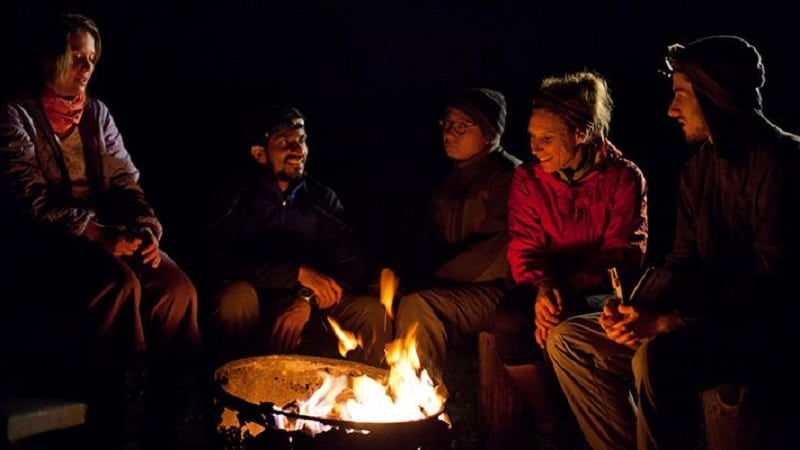
Exploring more close-to-home options is safer. However, deciding what to carry on your overnight backpacking trip can be challenging, especially for beginners; here’s where to start.
How to Prepare for Your Overnight Backpacking Trip
These are some things to consider while preparing for your overnight backpacking trip.
Choose Your Backpacking Destination
The first step in backpacking is to choose your destination. Choosing a destination that matches your expertise, fits your budget, and matches your timeline will help you plan better and pack better. Get a hiking guide book, read blogs on hiking and other material that may help you decide.
Figure Out Your Hiking Time
Having a timeline is not enough. It would help if you were genuine about your experience and the distance you can cover within an hour. In addition, the terrain determines the distance you plan to hike and the pace you intend to keep.
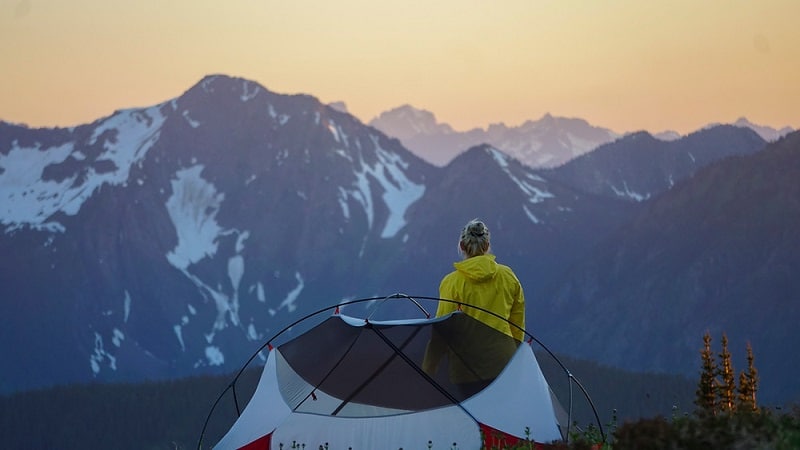
Steep, rugged terrain means you will cover shorter distances than more straightforward terrain. Therefore, always leave wiggle room in your time estimate in case of unforeseen circumstances during the trip.
Location-Specific Things to Figure Out
After figuring out your trail, you need to research final details about your destination, like the transportation options, the weather at that time of the year, required permits and reservations, and local laws and regulations.
Finding this information out beforehand will help you to figure out what to add or remove from your overnight backpacking trip packing list.
How to Save on Back Backing Gear
The best backpacking gear may be expensive, especially if you are on a budget. To maximize your budget and get the best out of it, you may have to opt to borrow or rent the most expensive items on your list.
Some items you can rent include a tent, sleeping bag, and pad. However, for things like boots, it is best to purchase or use your own since they must be a perfect fit. Wearing ill-fitting boots can spoil your entire trip. Check out secondhand online marketplace sites for the best deals on used camping gear.
What to Pack on Your Overnight Backpacking Trip
These are some essential items you should pack for your overnight backpacking trip.
Tent and sleeping gear
Since you will be carrying everything on your back, you want to ensure your tent and sleeping pad are designed for backpacking instead of car camping.
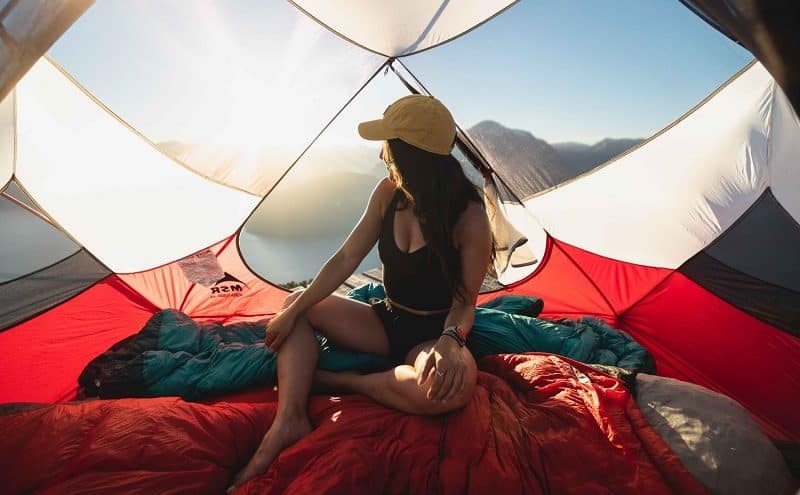
Backpacking gear is made with lightweight materials that make them much lighter, smaller, and easier to pack than camping gear. It is best to bring a tent suitable for all seasons in case the weather changes unexpectedly.
Backpack
Acquiring the perfect backpack is essential for every overnight backpacking trend. Be sure to test your pack before getting on the road to ensure that it fits comfortably on your hips and shoulders.
Clothing
Group your clothing into next-to-skin base layers, hiking layers, insulation, and rainwear. The base layers are mostly underwear. Hiking layers include nylon pants that can be zipped off or rolled up according to the weather, sun shirts, sun hat, and T-shirts.
Carry a puffy vest or jacket, a lightweight fleece pullover, hat, and gloves; bring a waterproof/breathable jacket, rain pants, and appropriate footwear for rainwear. Be sure to buy multi-purpose clothes so that you can lighten your load.
What Shoes to Bring Overnight Backpacking
Happy feet make for a comfortable trip. Footwear is an essential item in overnight backpacking. While some backpackers insist on over-the-ankle boots, you can pull them off with lightweight trail running shoes.

See a specialist before choosing a pair is best, especially if you are hiking in a new area.
Other Hiking Essentials
-Water treatment
-Kitchen supplies like a stove, biodegradable soap, lightweight pots, pans, cups, and plates
-Toilet paper
-Compass or GPS
-Water bottle
-Small towel
-First aid kit
-Food
-Sunscreen
-Lip balm
-Hand sanitizer
-Flashlight
-Sandals
The list of essentials is not exhaustive; you can add or subtract items as needed.
What are the Top 5 Overnight Backpacking Destinations
Here are the top five overnight backpacking destinations you can visit.
Queenstown, New Zealand
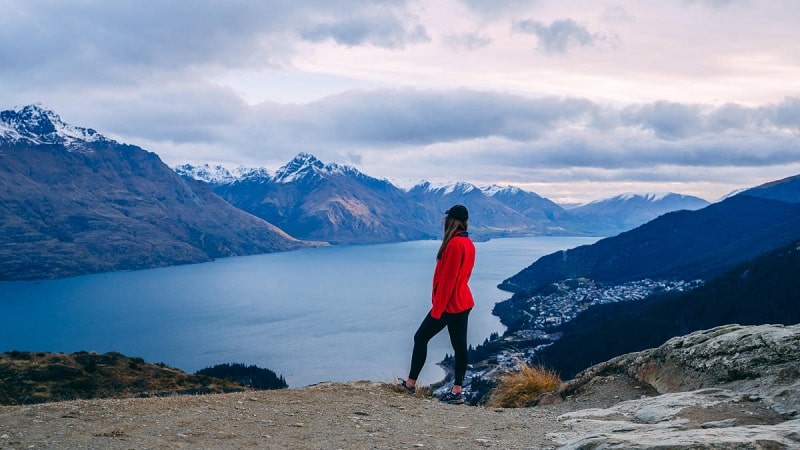
Queenstown is a living backpacker’s dream. You can hike, enjoy water activities, remarkable nightlife, and chess, the thrill as you ski at the Double Cone. It is one of the best destinations for overnight backpacking.
Unawatuna, Sri Lanka
Located in the lesser visited Asian nation of Sri Lanka, Unawatuna is popular amongst overnight backpackers as a dream destination. The laidback atmosphere and beautiful views of nature will take your breath away.
Copenhagen, Denmark
Admire the art in Christiana, taste some delicious Danish pastries, or hike up the Round Tower to capture the best views of Denmark. There is no limit to what Denmark has to offer a backpacker.
Kathmandu Valley, Nepal
Offering a remarkable backdrop with the highest density of world heritage sights worldwide, Kathmandu Valley is one of the best places to go overnight backpacking. Over 130 monuments await your visit, with some of the most incredible spots hidden amongst the several significant attractions. It is a dream destination if you plan to go backpacking overnight for more extended periods.
Iceland
The Nordic country of Iceland is home to the incredible Blue Lagoon and has plenty of natural beauty and breathtaking scenery that you can immerse yourself in on your visit. Some of the best months to visit are October and April.
During these months, if you are lucky, you might catch a glimpse of the Northern Lights on one of the beautiful nights. Unfortunately, the experience of seeing the Northern Lights is unbelievable and hard to come by.
